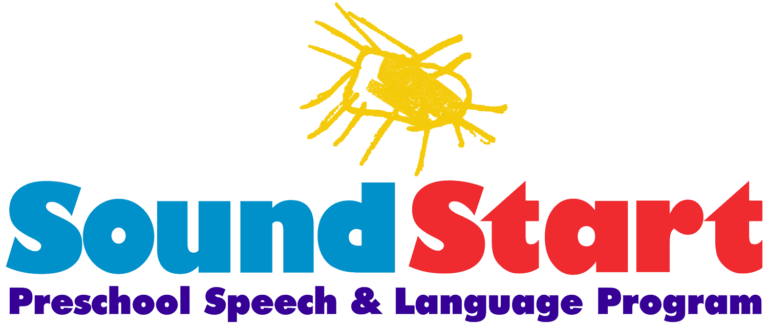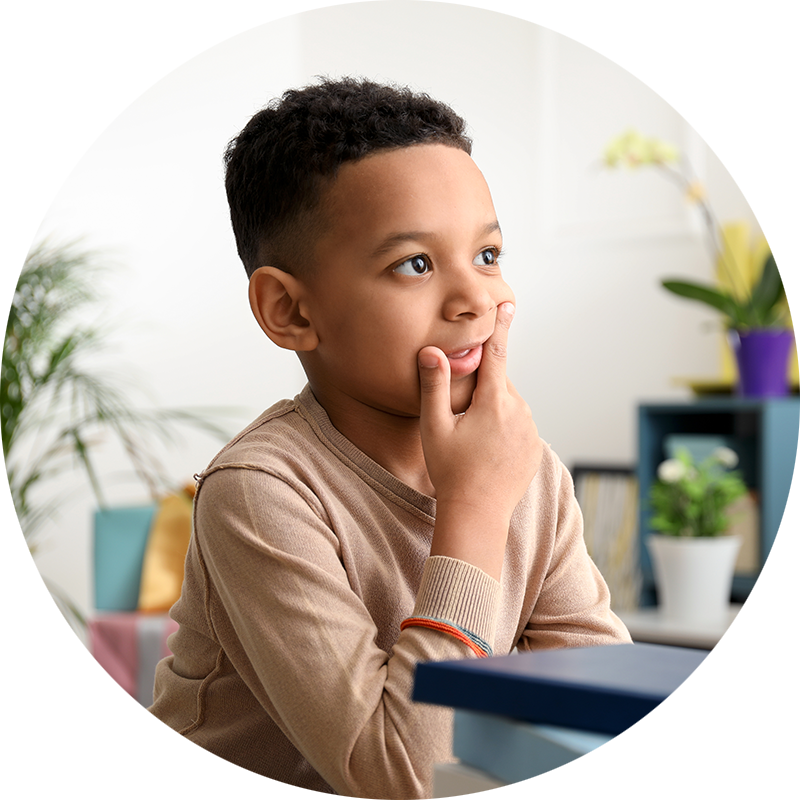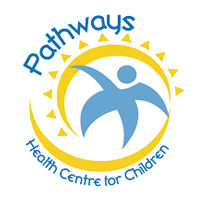
What Is A Speech-Language Pathologist?
Speech-Language Pathologists (SLPs) assess communication skills, recommend strategies and offers supports to help children who are having difficulty with: clear speech, using words, expressing thoughts, understanding language, following directions, interacting with others, stuttering, voice, and/or early literacy.
Speech-Language Pathologists:
Master’s Degree
– Must be registered with the College of Audiologists and Speech-Language Pathologists of Ontario
Communicative Disorders Assistants:
Post Graduate Diploma/Certificate
– From a recognized Communicative Disorders Assistant program
Who We Serve:
- Children living within Sarnia Lambton
- Newborn to 19 years, depending on the area of concern

What We Provide:

SoundStart provides preschool speech and language services from birth to entrance to school in Sarnia-Lambton, led through Pathways.
- Parent/Caregiver training
- Group and individual therapy sessions
- Consultation and monitoring
- Home programming
What To Expect:
Prior to starting any treatment, an SLP will ask for further information about your child/youth’s speech and development and will work closely with you and your child and others to build goals and plans specific to your child/youth’s need.
Treatment/Intervention strategies may relate to the development of:
- Feeding and swallowing
- Social communication
- Expressive and receptive language
- Motor planning
- Speech-sound production
- Early literacy skills
- Stuttering
- Voice
By 6 Months
By 6 months, most children will:
- respond to sounds
- watch your face as you talk
- smile and laugh in response to your smiles & laughs
By 9 Months
By 9 months, most children will:
- take turns making sounds with others
- understand being told “no”
- take turns playing “peek-a-boo”
- babble and put sounds together, like “dadada”, “bababa”
By 12 Months
By 12 months, most children will:
- follow simple directions, like “sit down”
- look across the room to a toy when an adult points to it
- consistently use 3 to 5 words (but not always clearly)
- use gestures to communicate, like waving hi or bye
- use sounds or actions to let you know what they want
- combine lots of sounds together as though talking in a different language
By 18 Months
By 18 months, most children will:
- respond to sounds
- watch your face as you talk
- smile and laugh in response to your smiles & laughs
By 2 Years
By 2 years, most children will:
- follow two-step directions (e.g., “Go find your teddy bear and show it to Grandma”)
- use 100-150 words
- use at least two pronouns (e.g., “you”, “me”, “mine”)
- consistently combine 2 to 4 words in short phrases (e.g.,“Daddy hat”, “truck go down”)
- use words that are understood by others 50% to 60% of the time
By 2 ½ Years
By 2 ½ years, most children will:
- understand the concepts of size (big/little) and quantity (a little/a lot, more)
- use some adult grammar (e.g., “two cookies”, “bird flying”, “I jumped”)
- use over 350 words
- use action words (e.g., run, spill, fall)
By 3 Years
By 3 years, most children will:
- understand “who”, “what”, “where” and “why” questions
- use 5 to 8 word sentences, like “I want to go out and play”
- talk about past events and tell simple stories • be understood by most people outside of the family most of the time
By 4 Years
By 4 years, most children will:
- follow 3-part directions like “First get some paper, then draw a picture, last give it to Mom”
- use adult grammar in sentences
- tell stories with a clear beginning, middle and end
- be understood by others almost all of the time
- make simple rhymes like “cat-bat”
By 5 Years
By 5 years, most children will:
- understand directions with “if…then”, for example “If you’re wearing runners, then line up for gym”
- describe past, present and future events in detail
- use speech sounds with few to no errors
- know letters of the alphabet
- identify the sounds at the beginning of some words, like “Pop starts with the ‘puh’ sound.”
How To Refer:

PHONE PATHWAYS



